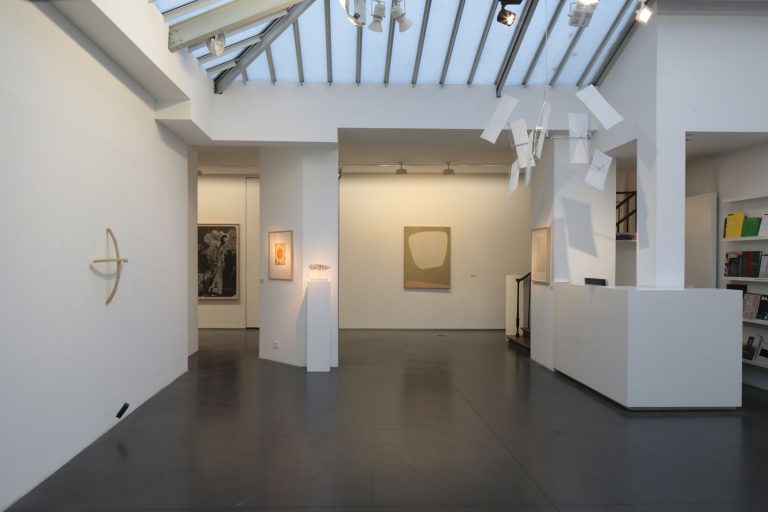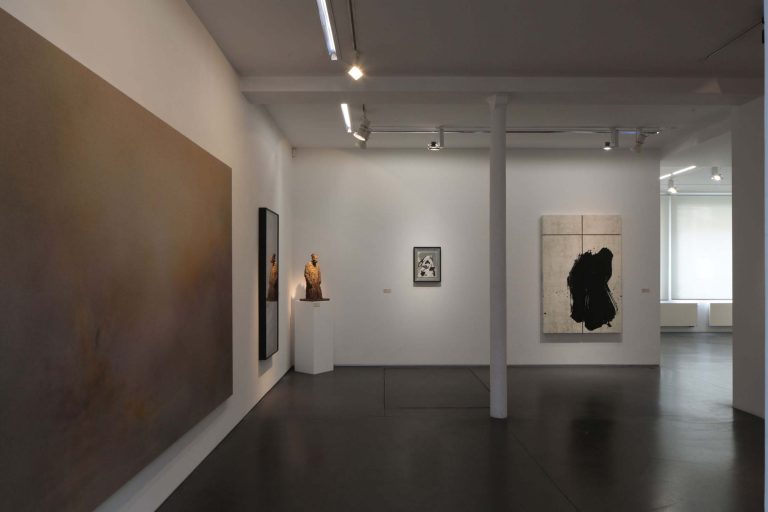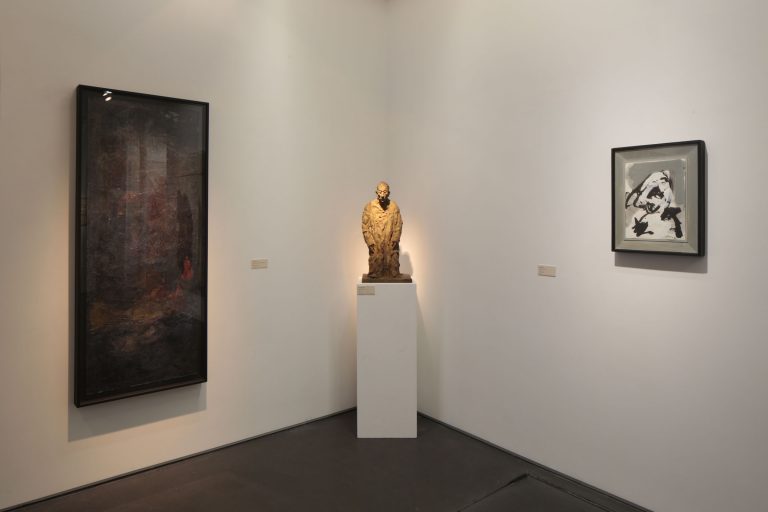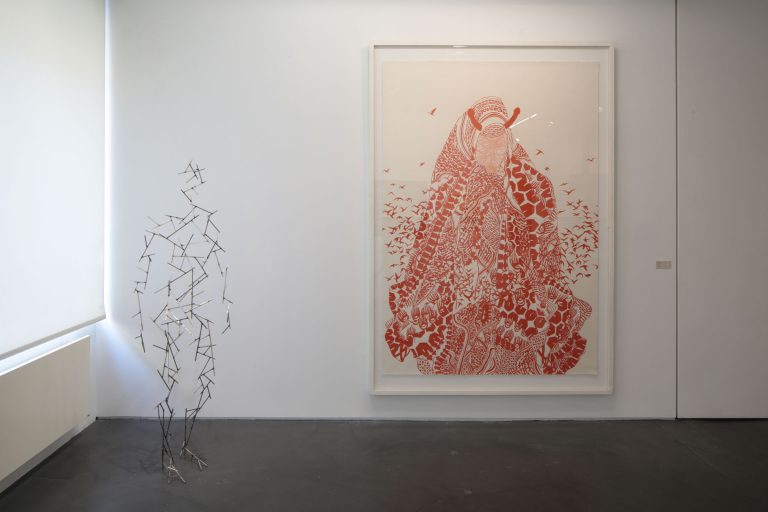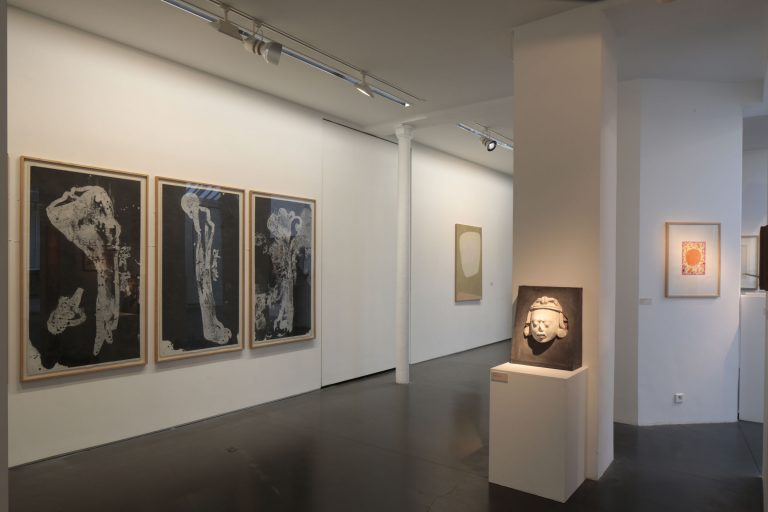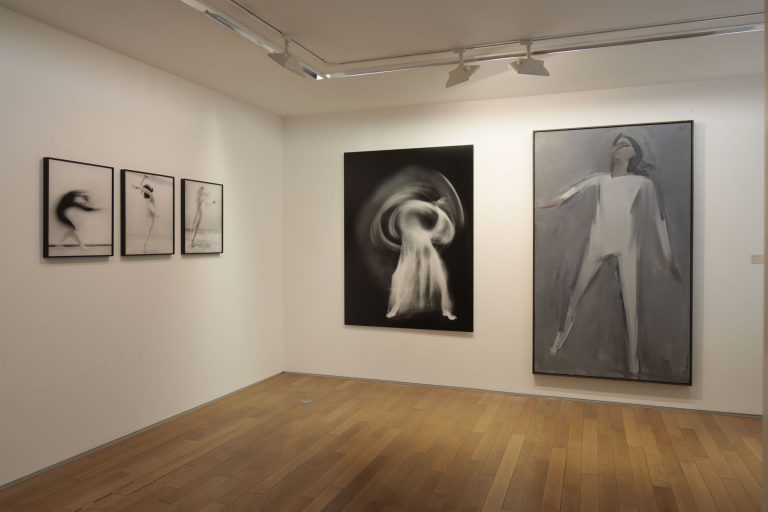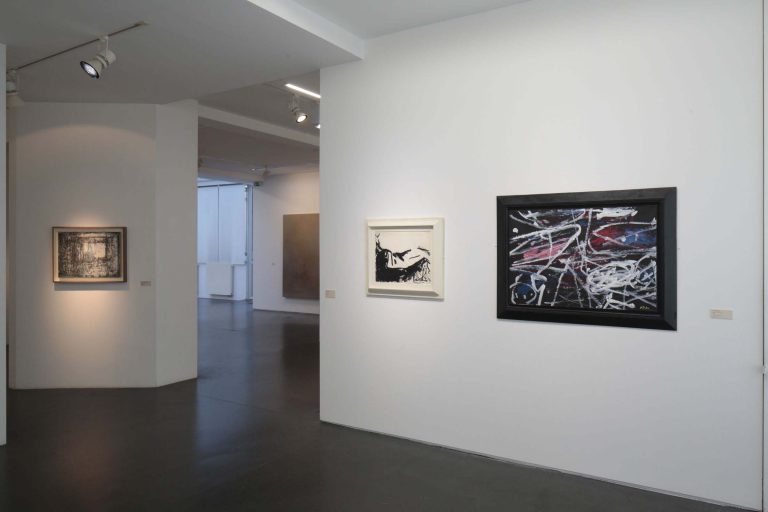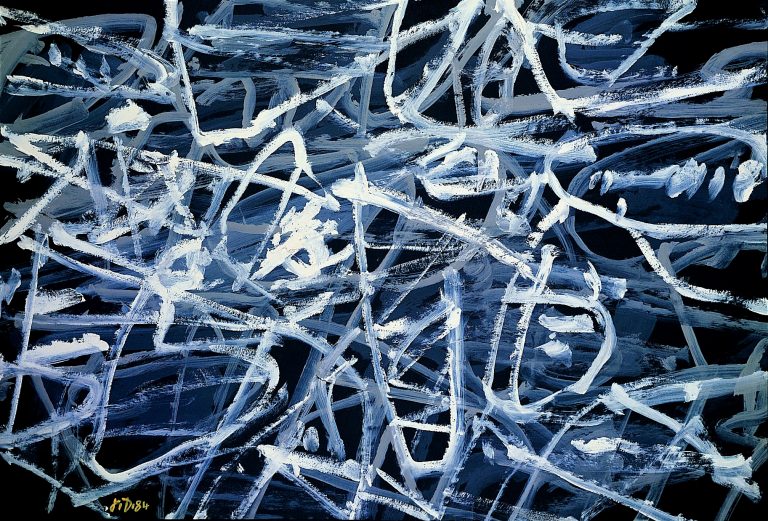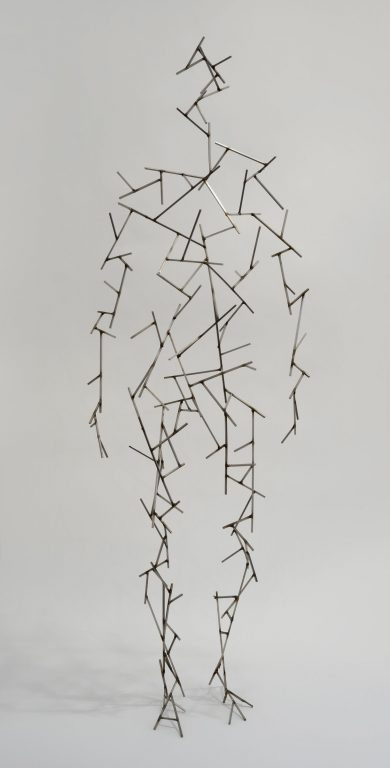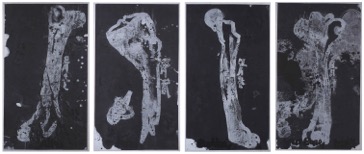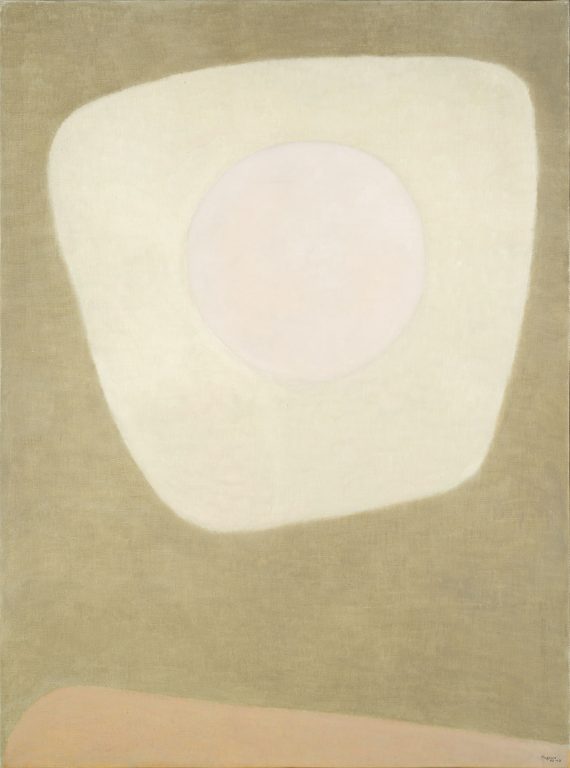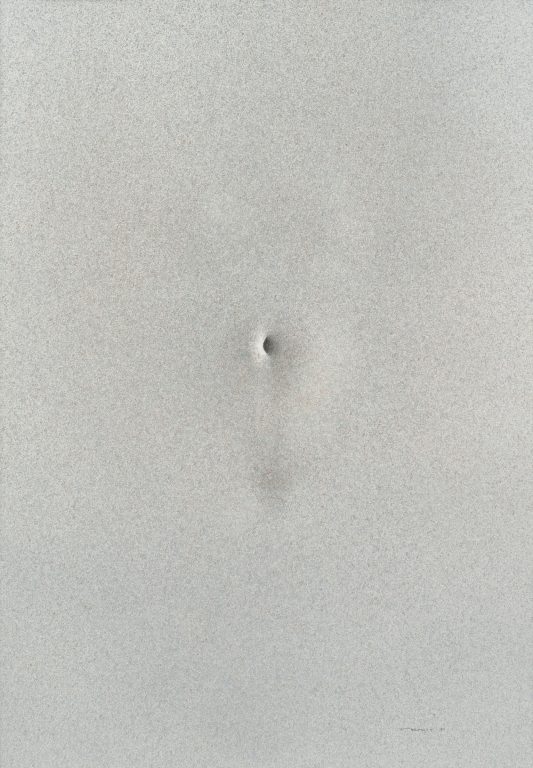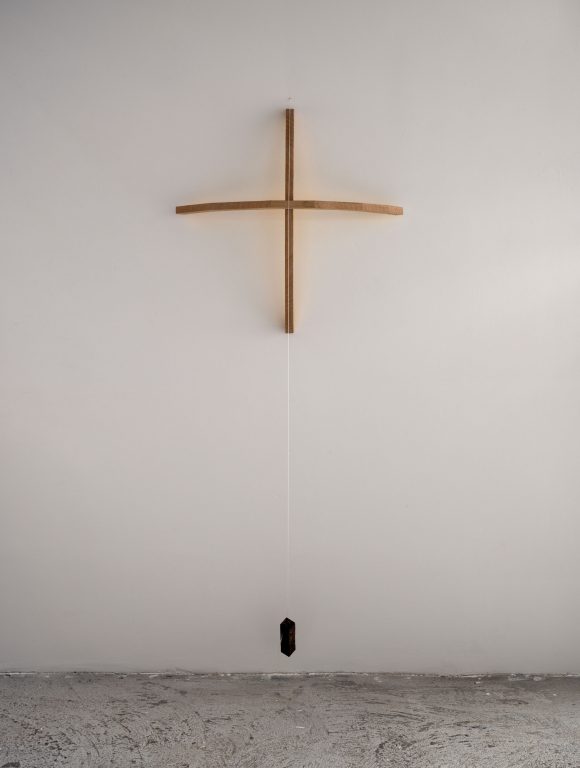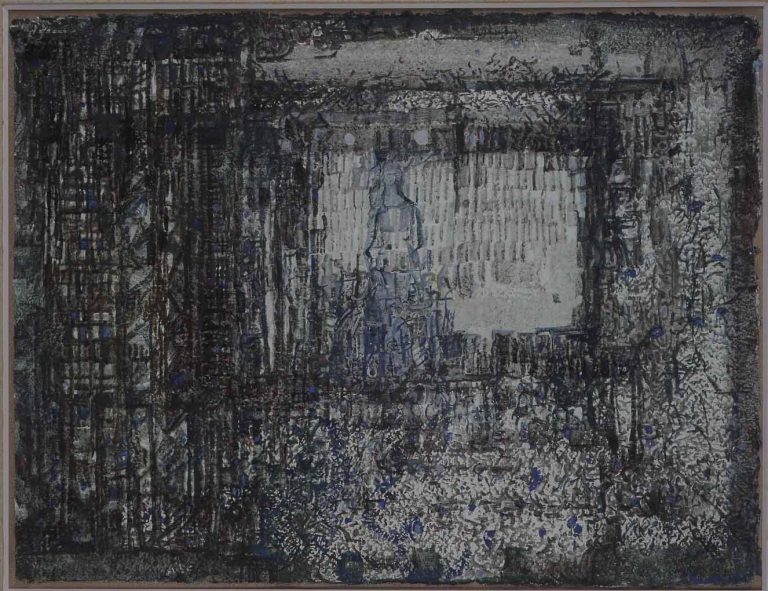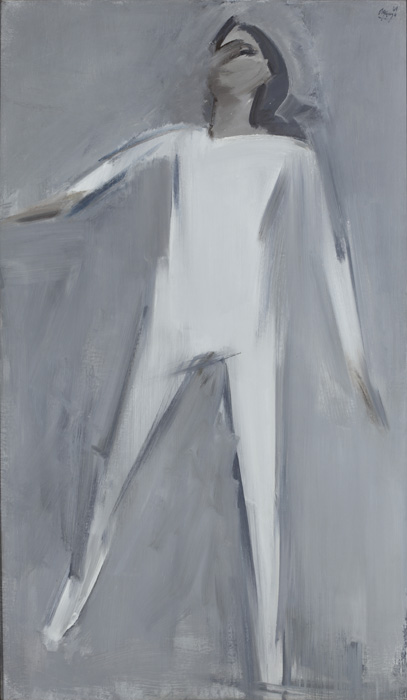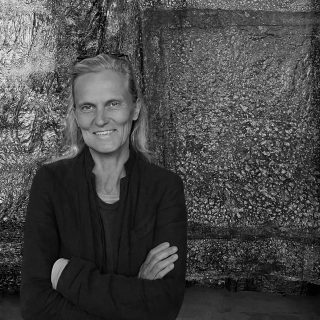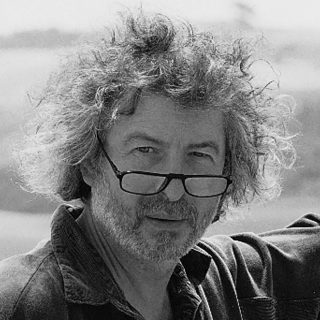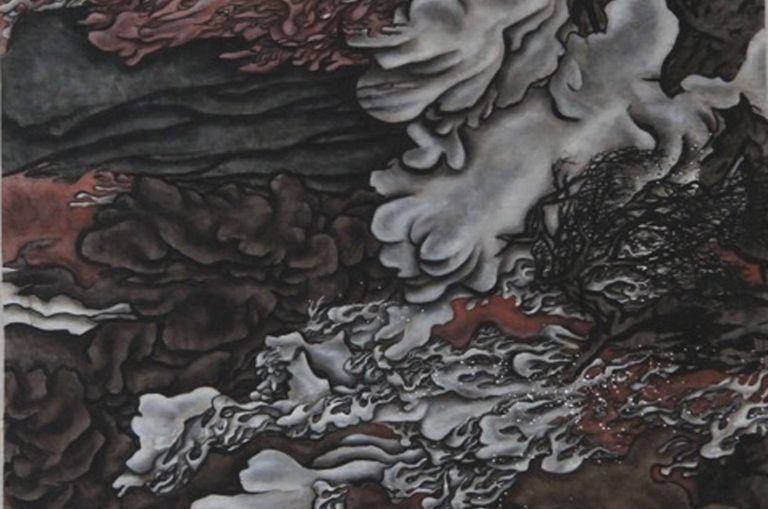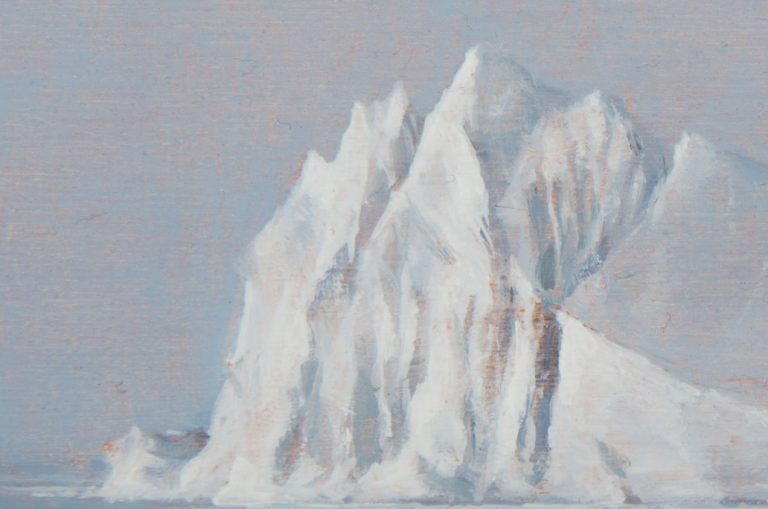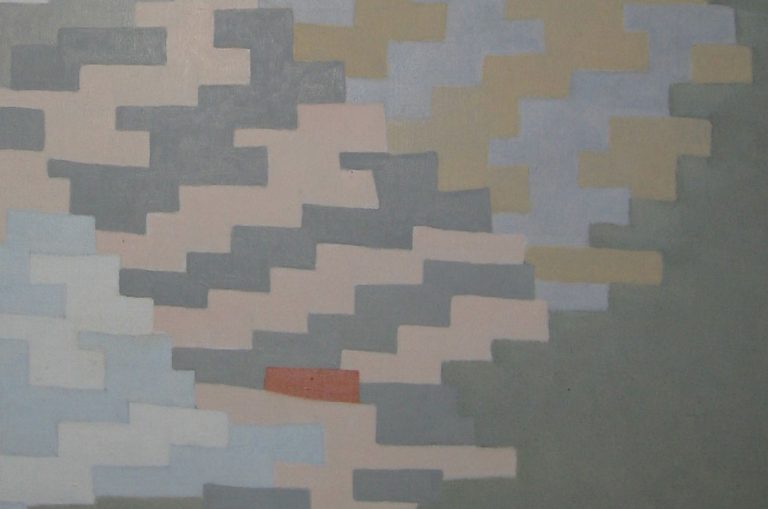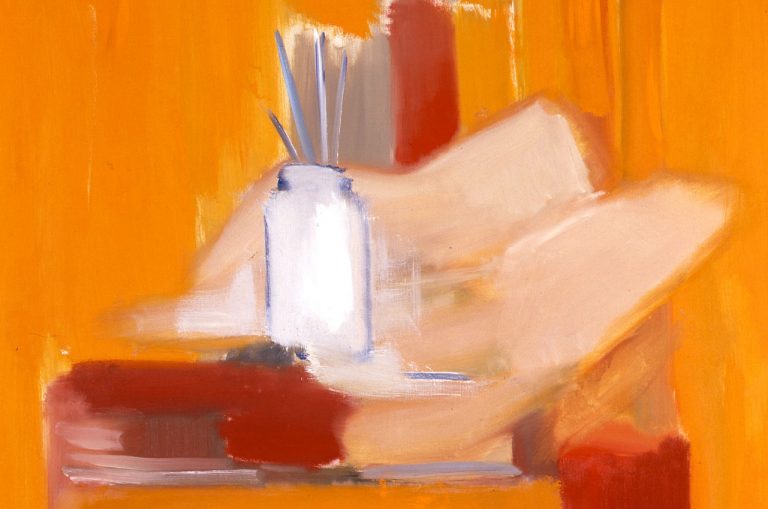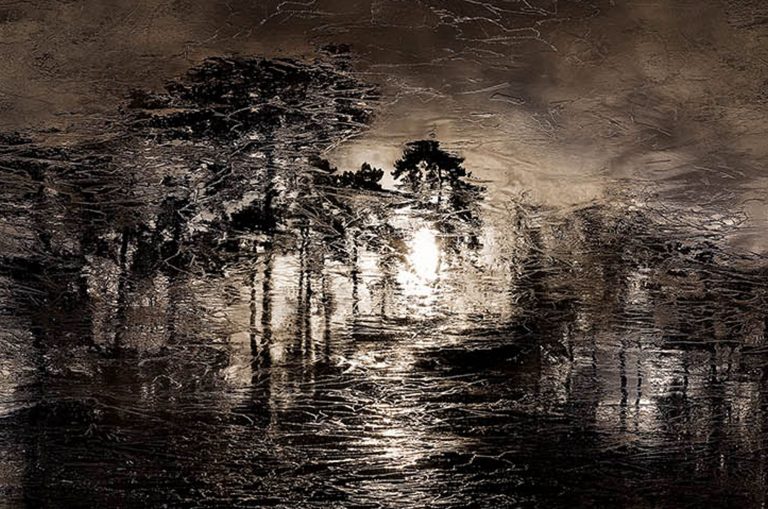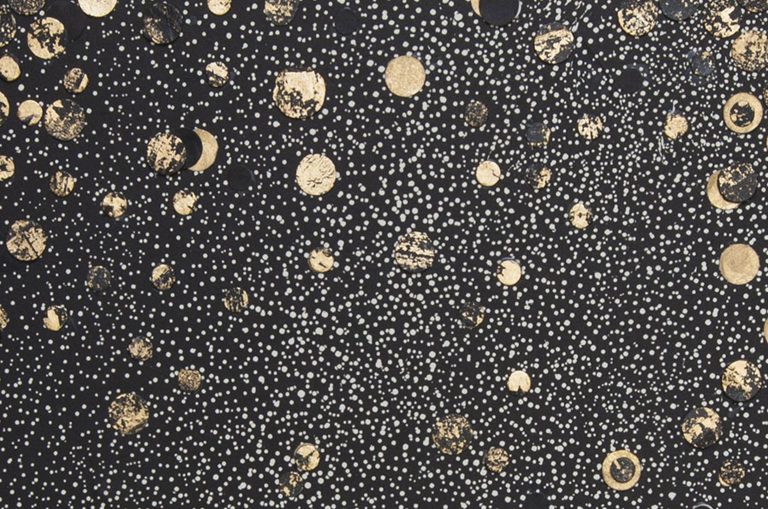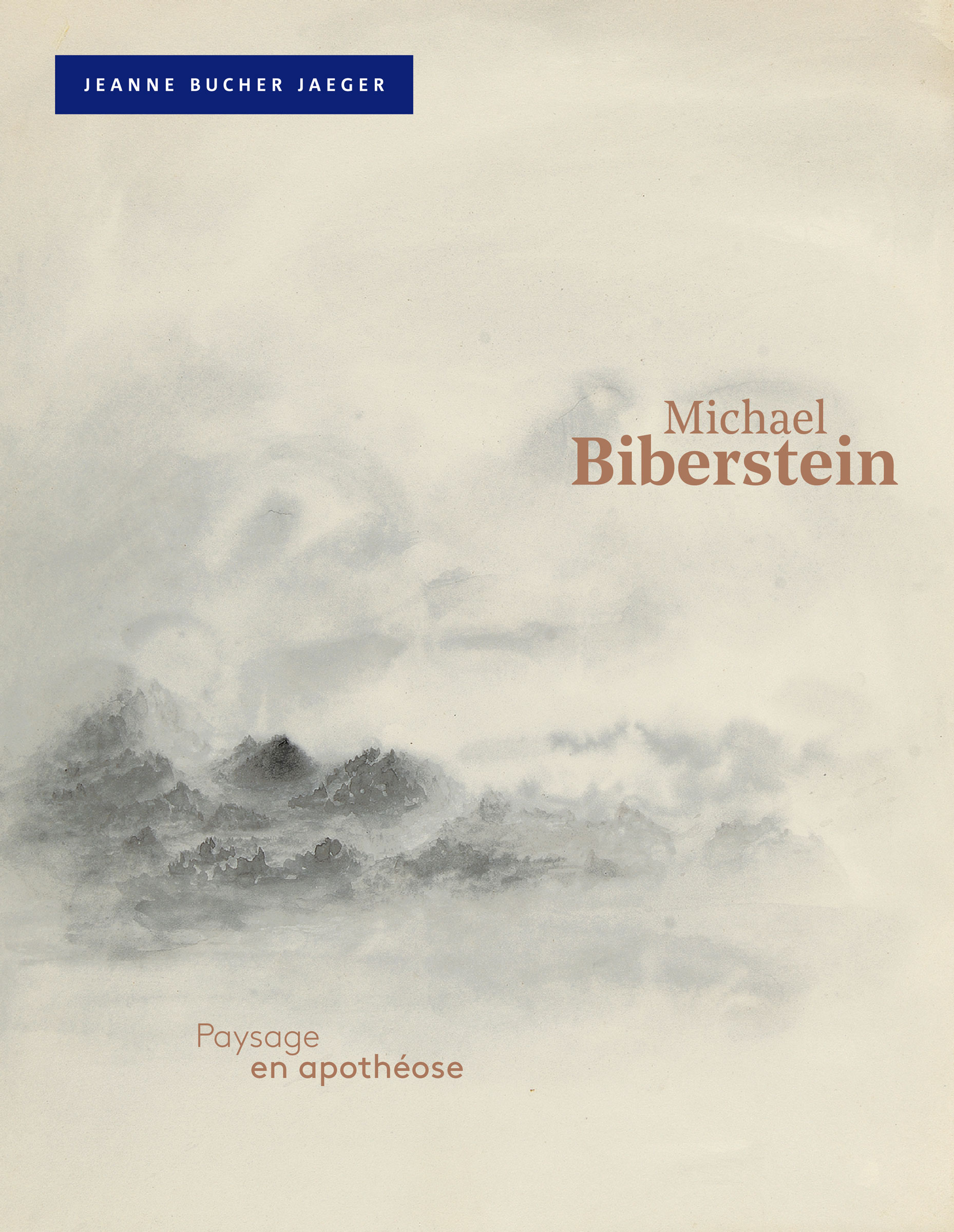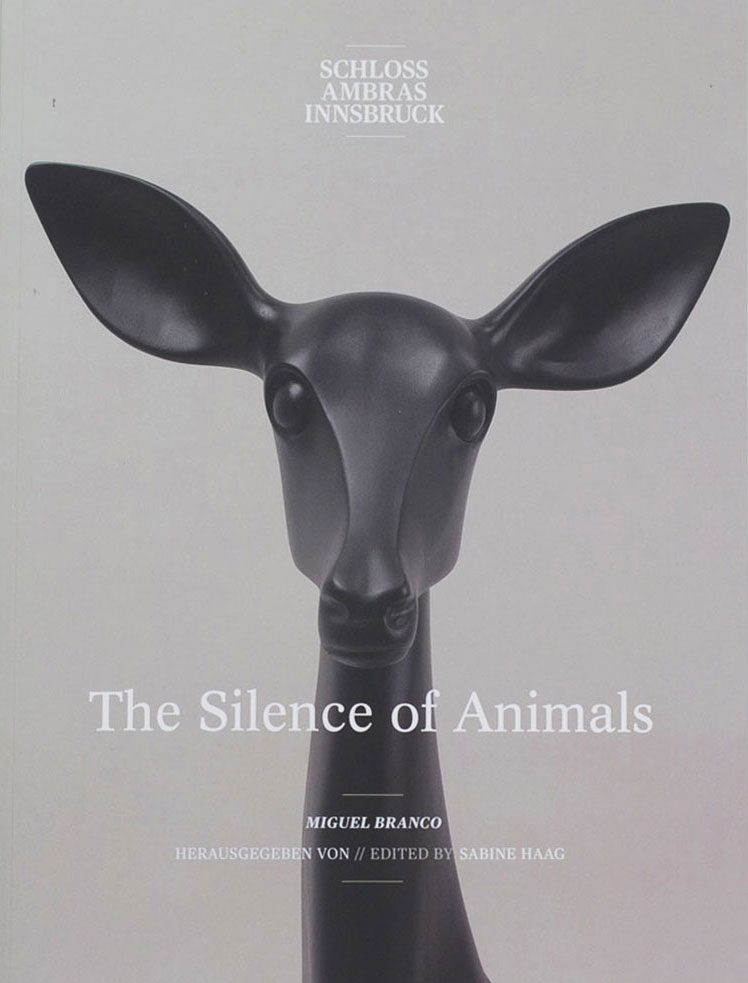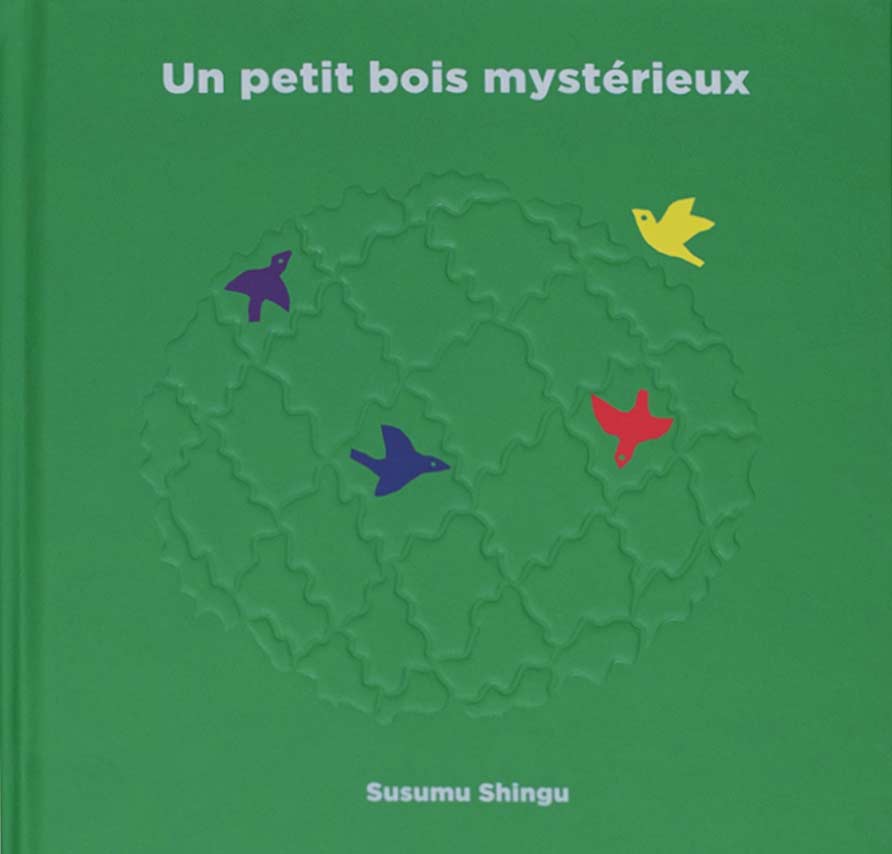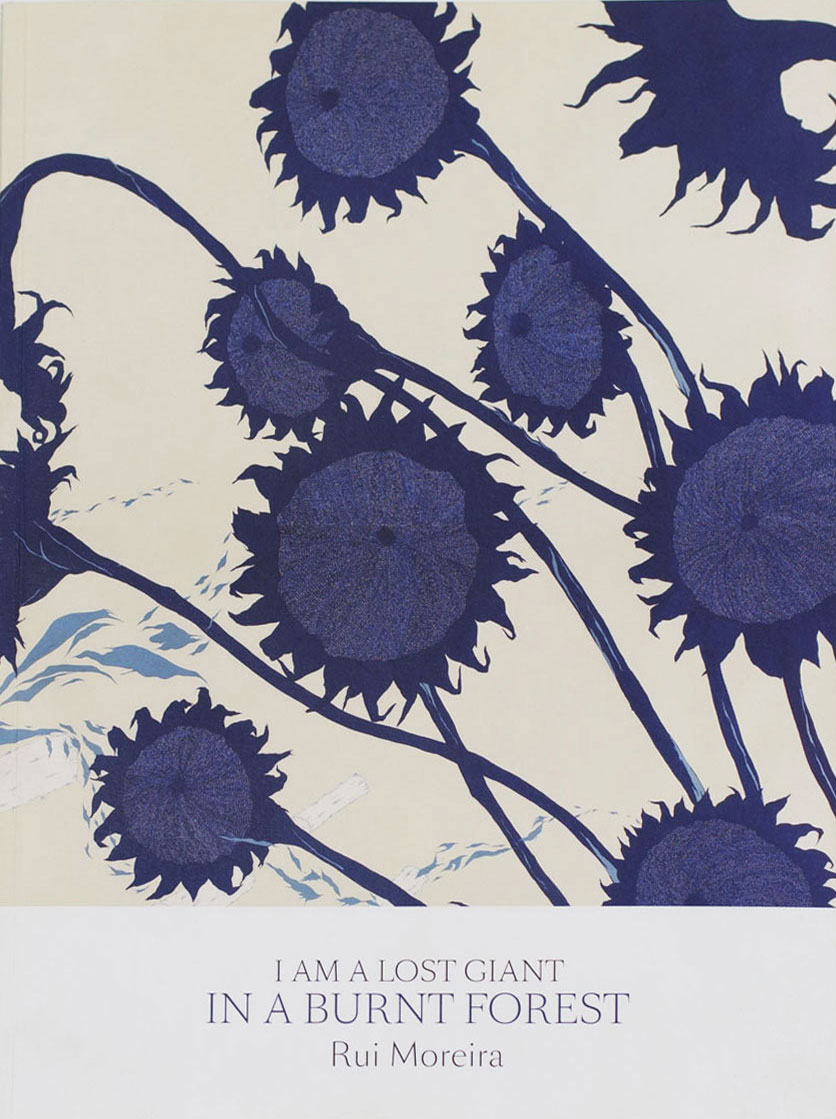11.03.2017 — 22.07.2017
Corps et Ames
Un regard prospectif
Fermín Aguayo, André Bauchant, Michael Biberstein, Roger Bissière, Miguel Branco, Fred Deux, Jean Dubuffet, Alberto Giacometti, Antony Gormley, Günter Haese, Stanley William Hayter, Yang Jiechang, Evi Keller, Louis Le Brocquy, Jean Lurçat, Fernand Léger, André Masson, Rui Moreira, Kunihiko Moriguchi, Louis Nallard, Vera Pagava, Jean-Paul Philippe, Primitive Arts, Hans Reichel, Susumu Shingu, Nicolas de Staël, Mark Tobey, Fabienne Verdier, Maria Helena Vieira da Silva, Paul Wallach, Etienne Bertrand Weill, Zarina
Marais Space
Past
Jeanne Bucher Jaeger - Marais Space
Photograph by Hervé Abbadie
Jeanne Bucher Jaeger — Marais Space
Photograph by Hervé Abbadie
Jeanne Bucher Jaeger — Marais Space
Photograph by Hervé Abbadie
Jeanne Bucher Jaeger - Marais Space
Photograph by Hervé Abbadie
Jeanne Bucher Jaeger - Marais Space
Photograph by Hervé Abbadie
Jeanne Bucher Jaeger - Marais Space
Photograph by Hervé Abbadie
Jeanne Bucher Jaeger - Marais Space
Photograph by Hervé Abbadie
Jeanne Bucher Jaeger — Marais Space
Photograph by Hervé Abbadie
The exhibition Corps et Ames: un regard prospectif opens with the large canvas of the Spanish Fermín Aguayo, Trois nus pour un espace, wherein the visitor perceives the density of presence and absence at the same time, as if these bodies endlessly came and went through the mirror, thus reflecting, in the manner of Leonardo da Vinci, the work of the mind that animates us. Facing the entrance is a work by the Georgian Vera Pagava, an artist precociously exhibited by Jeanne Bucher: La nuit Claire ou Vision, whose contours seem to melt into the space that surrounds them. The suspended work by the American Paul Wallach, foretold, evokes the matrix of the maternal womb, whose sparkles of yellow pigment give it its entire symbolic dimension. The impalpability of Louis le Brocquy’s Etre (Being) is part of the series he created after being dazzled upon seeing a group of women leaning against a whitewashed wall. In Susumu Shingu‘s sculpture, the navel appears to be the entryway to a passage through the wall under the eternal dance of breath that animates all beings.
La Révélation by Manessier beams with a mystic ardor, while Arpad Szenes’ Carrousel reveals a Madonna of immanent presence, spinning on her horse. The next room summons the illuminated body, incarnated by Bissière‘s Cathédrale, the body transfigured between earth and sky in André Masson‘s Mythologie de l’Etre, and the body mirroring the soul in Hans Reichel’s Oeil cosmologique. The body as menhir in Fabienne Verdier‘s homage to van Eyck’s Chanoine van der Paele; the screaming body of Asger Jorn‘s Projet d’un hurlement; the body sculpted by humility in Miguel Branco‘s bronze Mendiant; and Evi Keller‘s monk made of Matière-Lumière. The body questioned by its bones in Yang Jiechang’s Allah, Jesus, Buddha and your bones, which reminds us of the origin of the vital energy; the dancing energy in Mark Tobey‘s Voyage des saints; and Michael Biberstein‘s aroma of pigments, dance of particles, and universal and ancestral breaths. Behind the pillars is Jean-Paul Philippe‘s Inventaire (Inventory) of the body. It is a clinical inventory of bones, at once coffin and window into the body and its skull, suggesting the survival of the spirit after the disappearance of the body. Facing it are Fred Deux’s Refuge of the spirit, drawn in its most minute details, at once snail and pyramid, and the animated spine of Rui Freire‘s angel. Vieira da Silva‘s Petit théâtre de verdure, in which the image of a fairy seems to merge with the surrounding Nature, contrasts with the density of Nicolas de Staël‘s female Nu couché and Jean Dubuffet‘s shattered face in all of Expansion de l’être, from his last series Non-Lieux. Antony Gormley explores the body as a locus of memory and of transformation, while Rui Moreira, in his Madonne, celebrates the body as receptacle of a gushing, free and fertile Nature.
On the mezzanine, open by invitation only, a tribute is paid to the dancer Muriel Jaër through the lens of three photographers that have followed her since the ‘70s. While Max-Yves Brandily turns the dancer’s moving body into a drawing in space, in the luminescent photographs of Etienne Bertrand-Weill her hands and body are suffused with an original light. Bernard Boisson summons a purifying dance through a body that has become flame.
Muriel Jaër is also seen through the eyes of painter Fermin Aguayo’s 1969 La Danseuse, accompanied by André Bauchant‘s Néréïdes et Naïades, who, unlike the sirens, help lost mariners find their way, and by Alberto Giacometti‘s Figure qui marche, foundational in the evolution of his creative quest since the 1920s.
We feel a “presence” as an incarnation as much spiritual as physical of an energy that speaks to us. We listen to this message, to the powerful strength of transcendence, without actually ceasing to consider the plastic qualities of the body that it stems from.
Mixed media on wood
66,93 × 27,56 in
Bronze
27,4 × 13,6 × 11,2 in
Photograph by Georges Poncet
Photograph by Inès Dieleman
Pigments and ink on canvas
71,26 × 47,64
La figure de l'homme en prière
Brush and India ink on paper
16,1 × 20,8 in
Photograph by Georges Poncet
Acrylic on paper mounted on canvas
26,38 × 39,37 in
Stainless
74,02 × 23,23 × 14,57 in
Photograph by Jean-Louis Losi
Gouache on paper
94,5 × 63 in
Photograph by Laura Castro Caldas
Ink on paper
63,23 × 38,46 in
Oil on canvas
51,18 × 38,19 in
Photograph by Jean-Louis Losi
Watercolour on paper
20,08 × 25,98 in
Photograph by Jean-Louis Losi
Oil on canvas
74,8 × 114,17 in
Photograph by D.Bordes
Wood, steel, string, oil paint
69,29 × 25,79 × 7,87 in
Photograph by Georges Poncet
Cet aigle solitaire c'est toi. Délaissé dans l'abime du rien
Ink on paper
18,9 × 24,8 in
Photograph by Jean-Louis Losi
Tempera on paper
19,88 × 26,38 in
Stucco
H. 22,8 in
Photograph
62,9 × 47,2 in
Oil on canvas
28,7 × 45,7 in
Photograph by Jean-Louis Losi
Oil on canvas
76,7 × 44,8 in
Photograph by D.Bordes
Cedar wood
63,4 × 24 × 20,1 in
Photograph by Jean-Louis Losi
Mixed media on wood
66,93 × 27,56 in
Bronze
27,4 × 13,6 × 11,2 in
Photograph by Georges Poncet
Photograph by Inès Dieleman
Pigments and ink on canvas
71,26 × 47,64
La figure de l'homme en prière
Brush and India ink on paper
16,1 × 20,8 in
Photograph by Georges Poncet
Acrylic on paper mounted on canvas
26,38 × 39,37 in
Stainless
74,02 × 23,23 × 14,57 in
Photograph by Jean-Louis Losi
Gouache on paper
94,5 × 63 in
Photograph by Laura Castro Caldas
Ink on paper
63,23 × 38,46 in
Oil on canvas
51,18 × 38,19 in
Photograph by Jean-Louis Losi
Watercolour on paper
20,08 × 25,98 in
Photograph by Jean-Louis Losi
Oil on canvas
74,8 × 114,17 in
Photograph by D.Bordes
Wood, steel, string, oil paint
69,29 × 25,79 × 7,87 in
Photograph by Georges Poncet
Cet aigle solitaire c'est toi. Délaissé dans l'abime du rien
Ink on paper
18,9 × 24,8 in
Photograph by Jean-Louis Losi
Tempera on paper
19,88 × 26,38 in
Stucco
H. 22,8 in
Photograph
62,9 × 47,2 in
Oil on canvas
28,7 × 45,7 in
Photograph by Jean-Louis Losi
Oil on canvas
76,7 × 44,8 in
Photograph by D.Bordes
Cedar wood
63,4 × 24 × 20,1 in
Photograph by Jean-Louis Losi
practical informations
Marais Space
5 rue de Saintonge
75 003 Paris – France
T +33 1 42 72 60 42
F +33 1 42 72 60 49
info@jeannebucherjaeger.com
opening hours
Tuesday to Friday
from 10 am to 7 pm
On Saturday from 11 am to 7 pm
